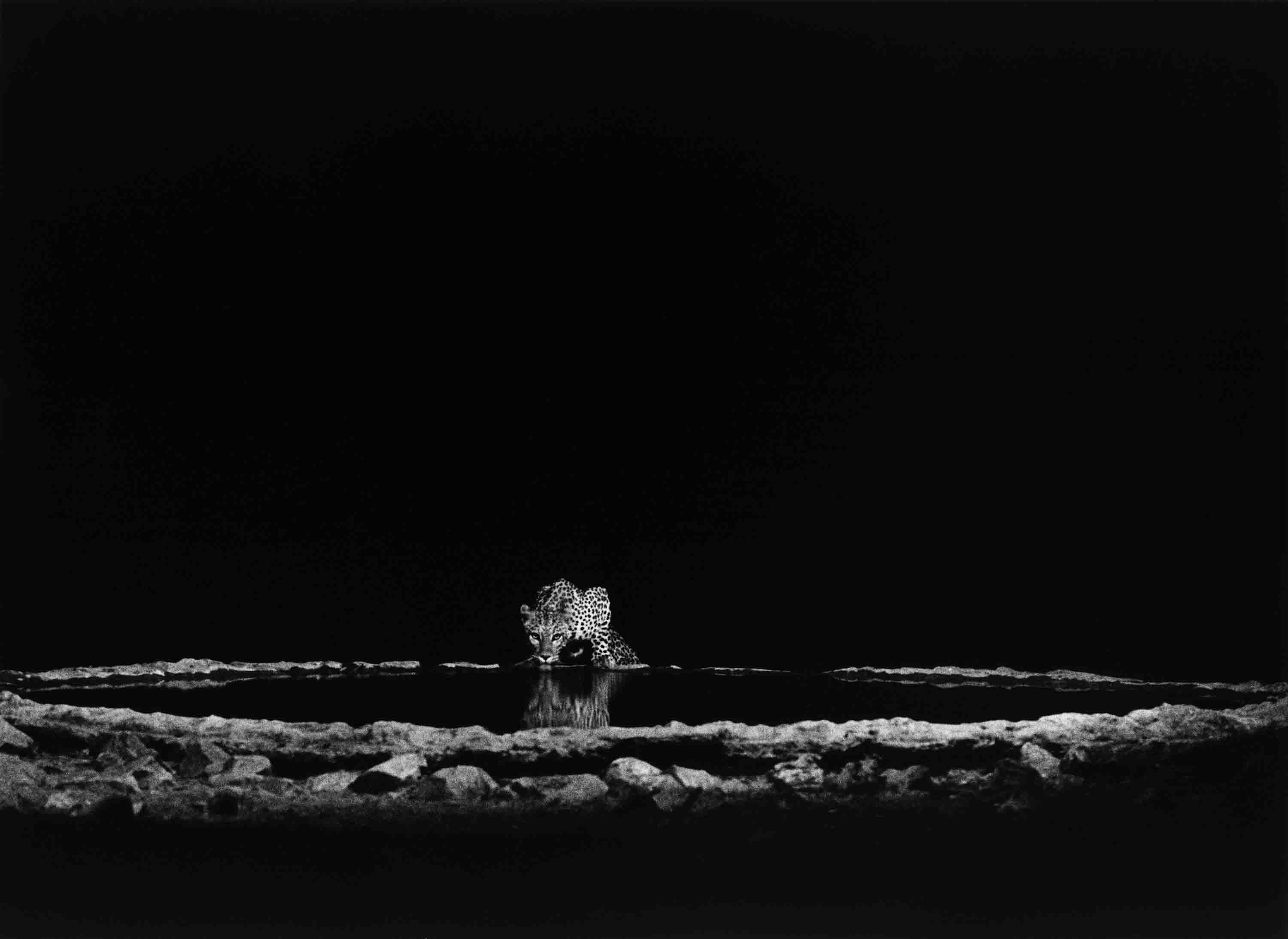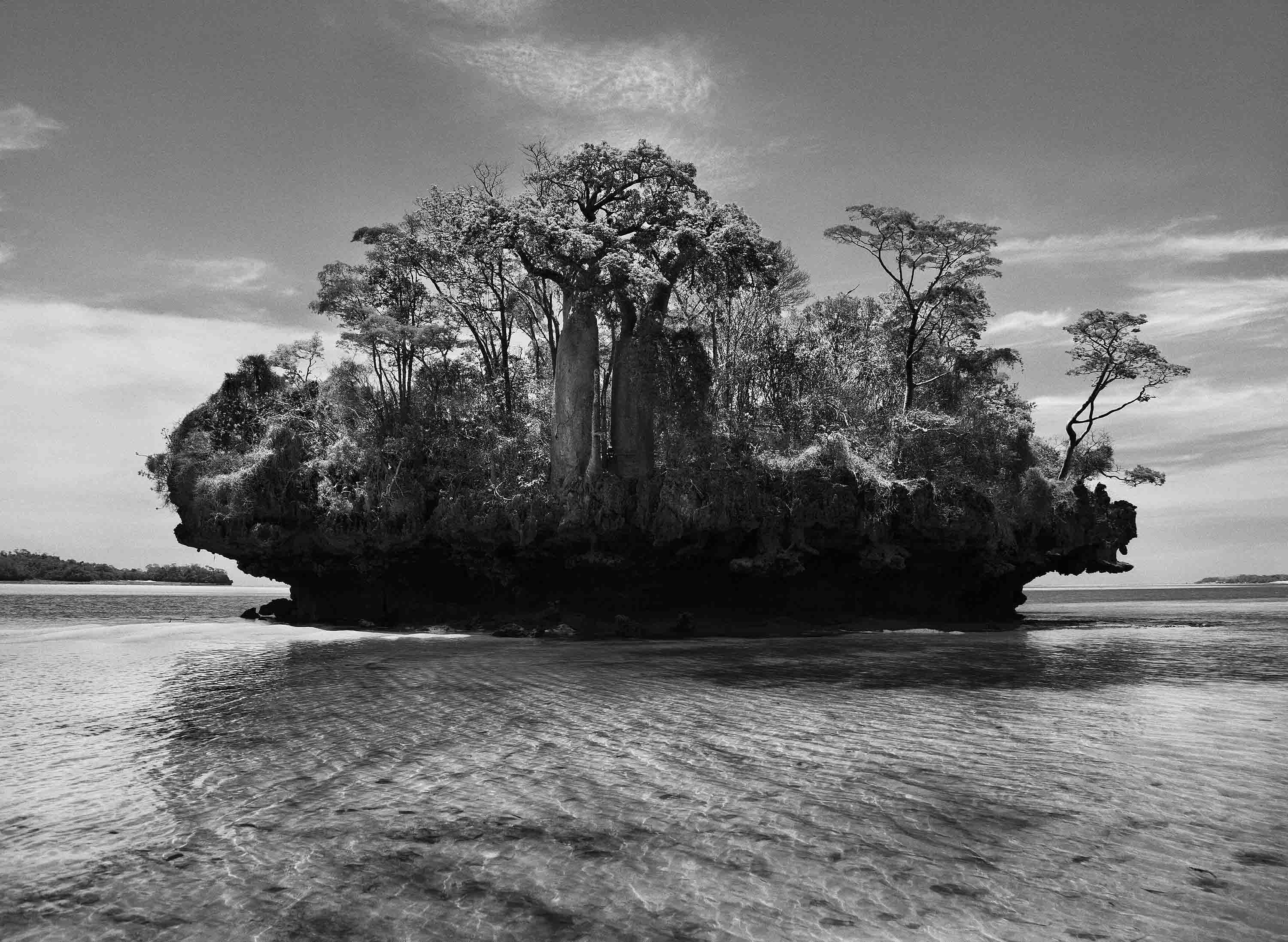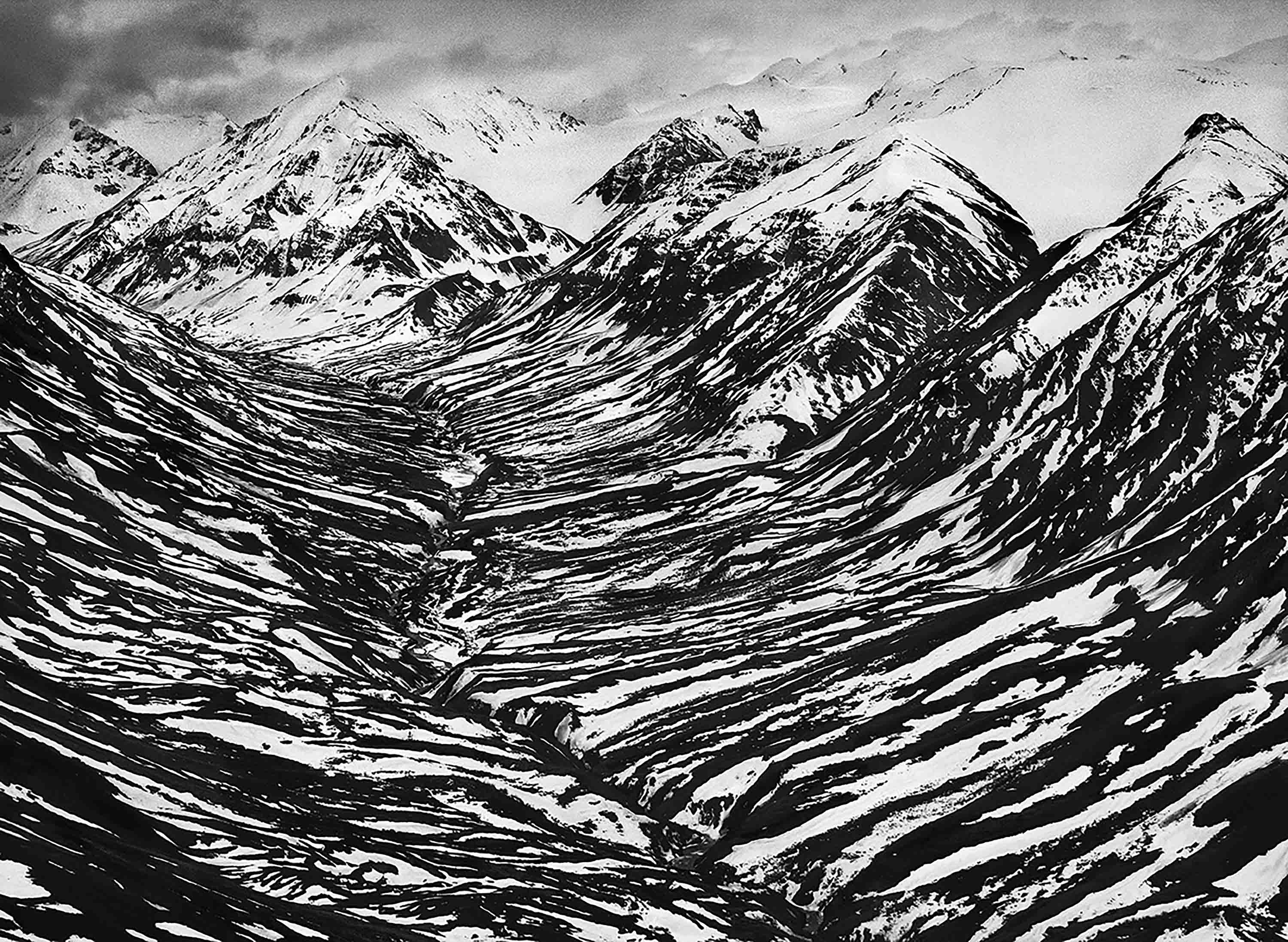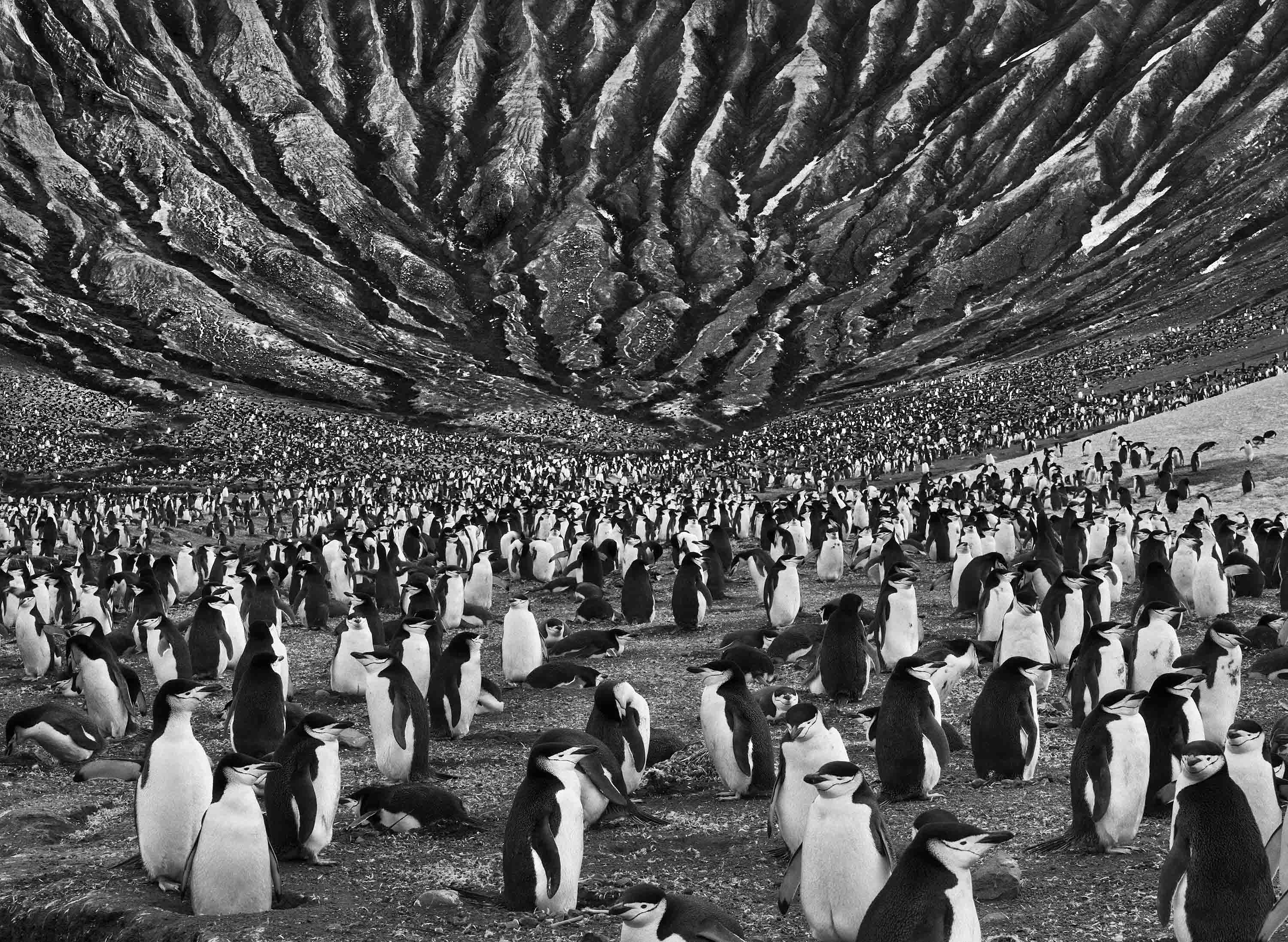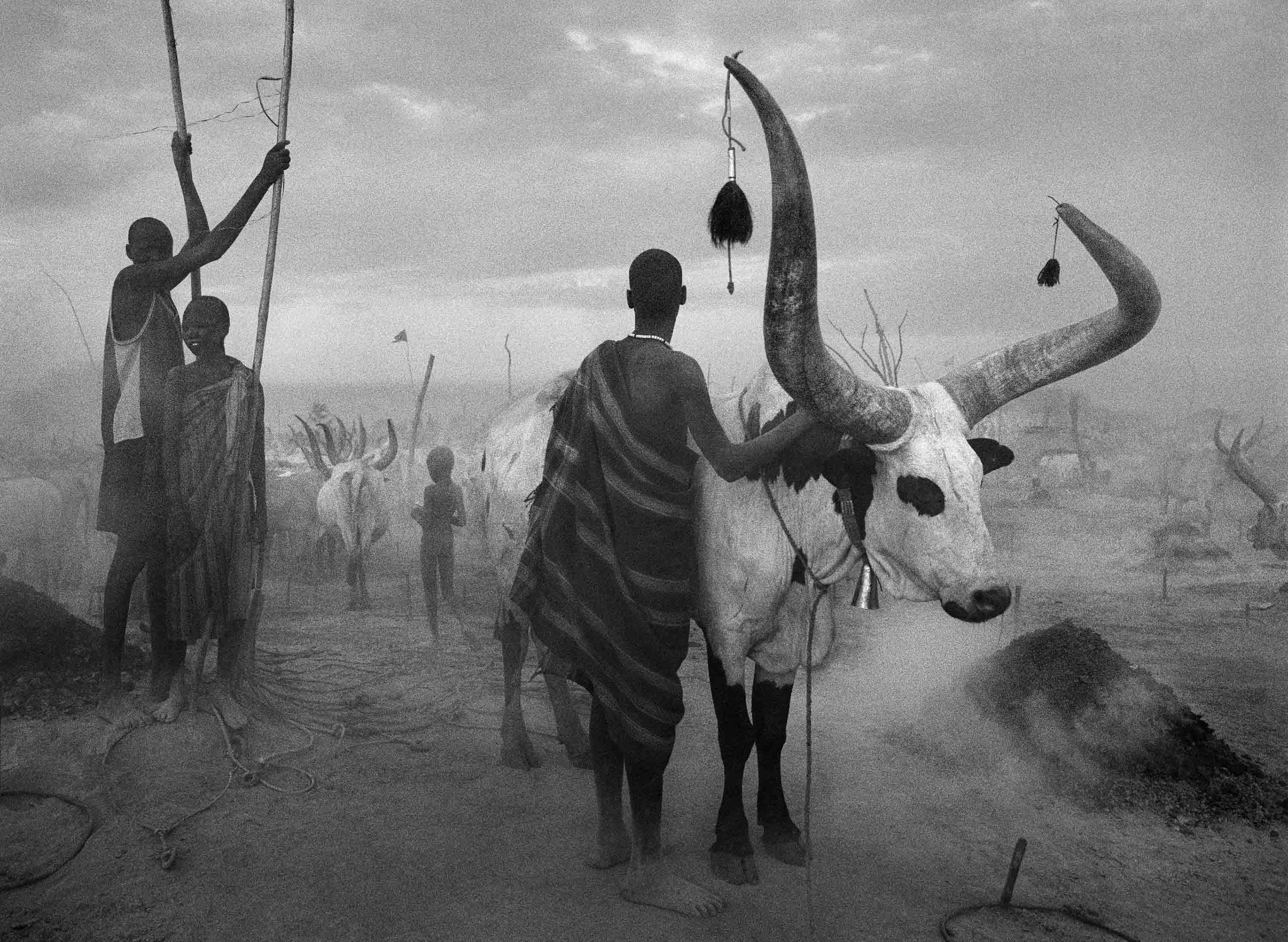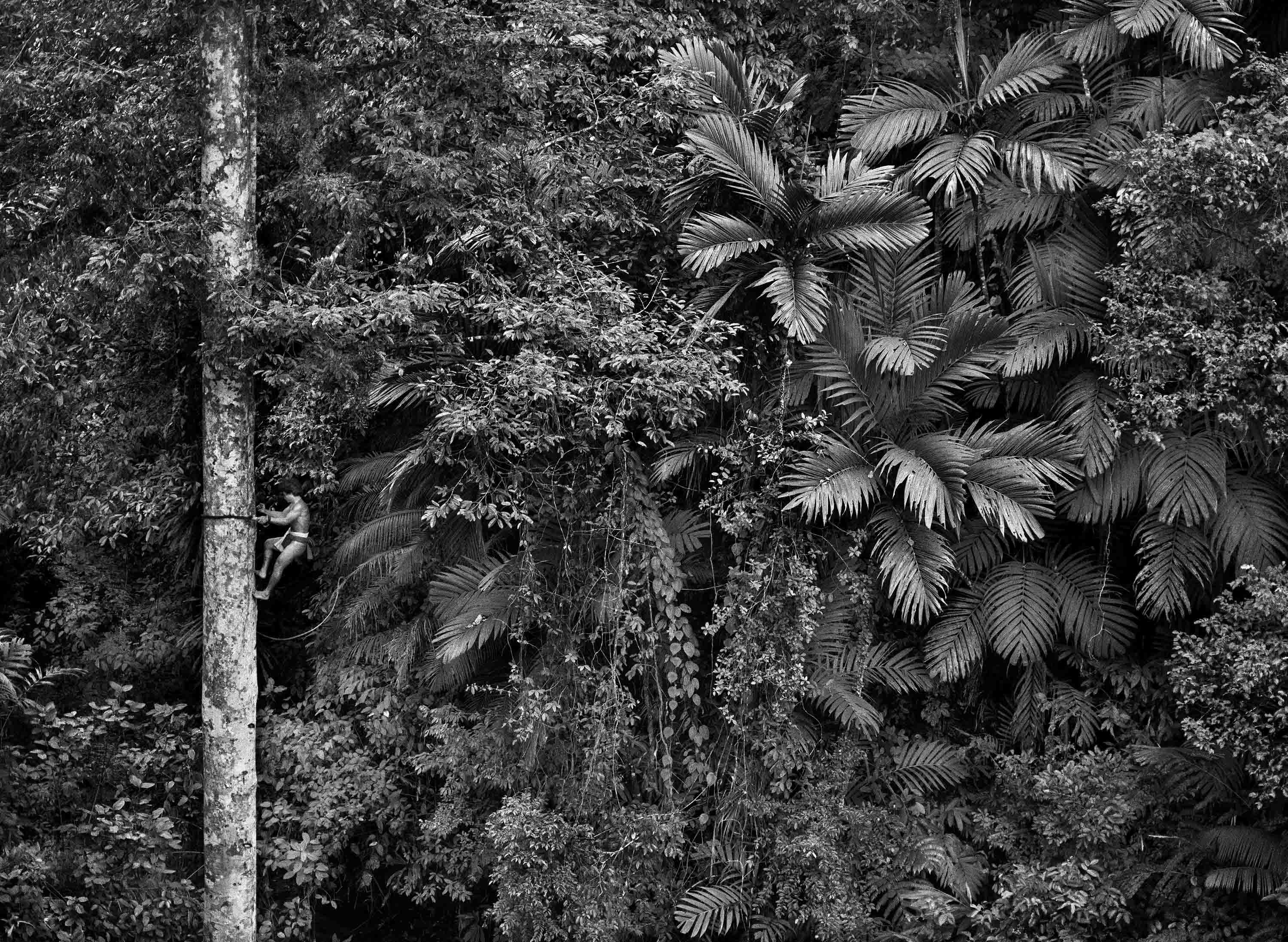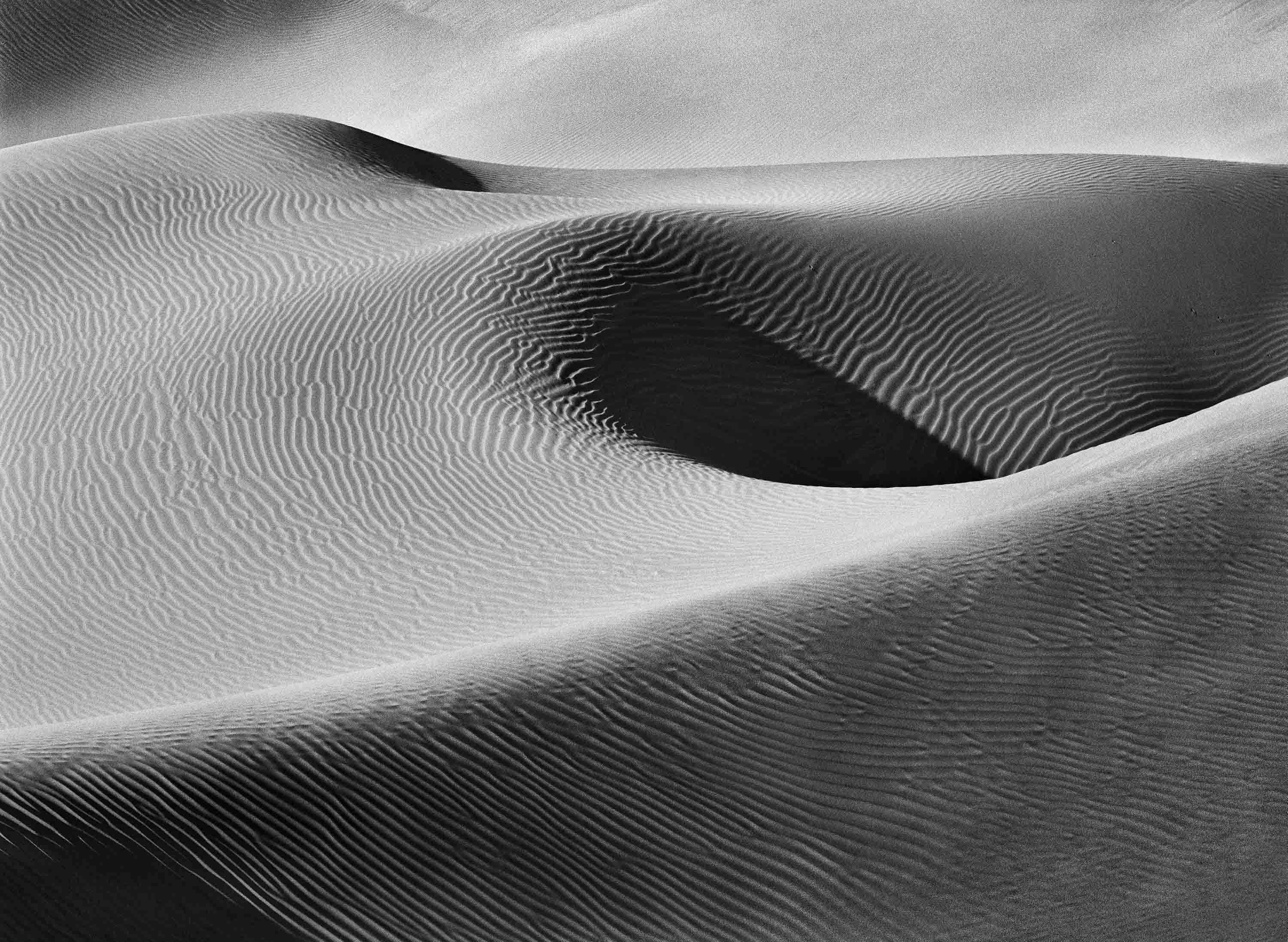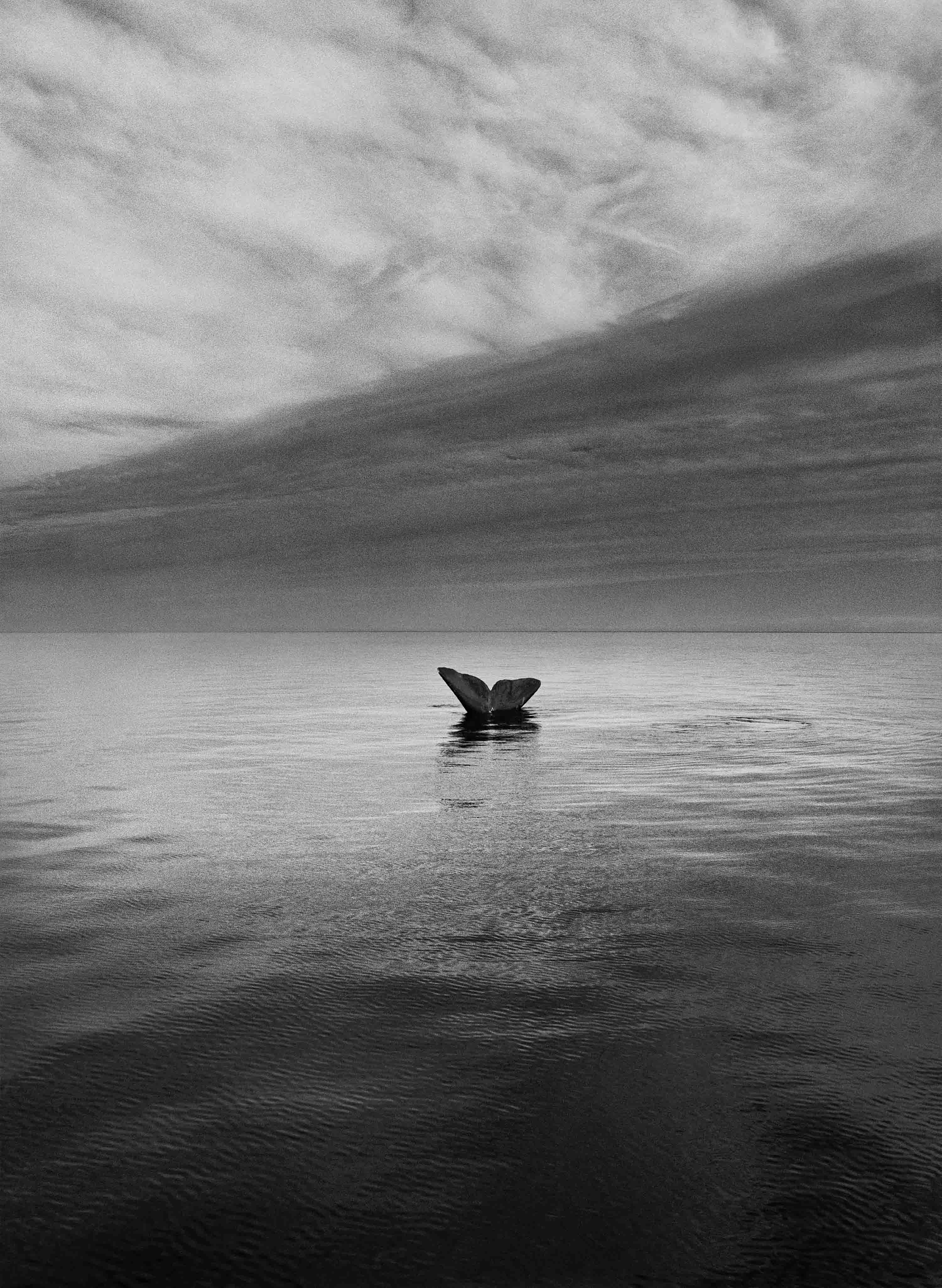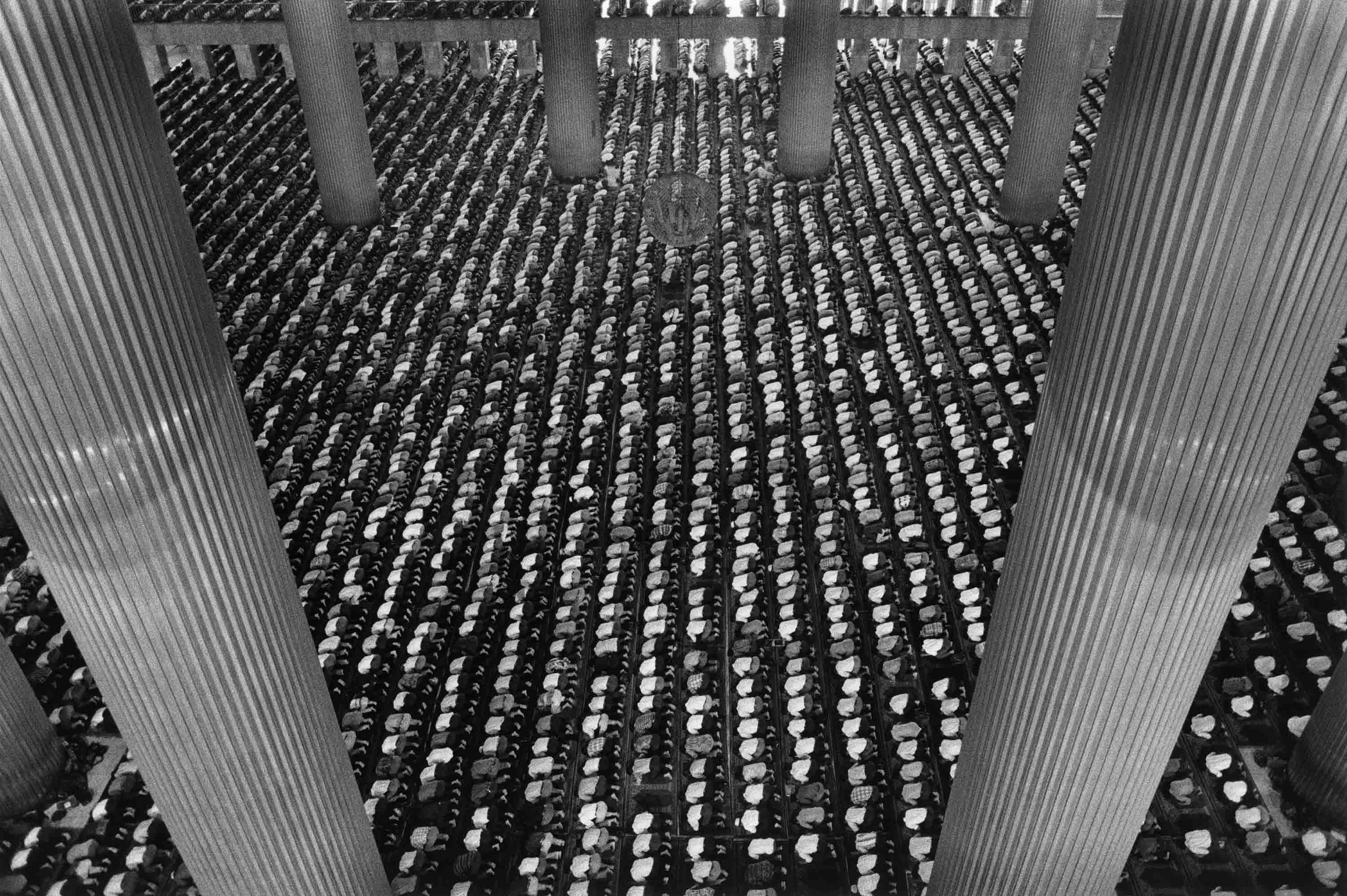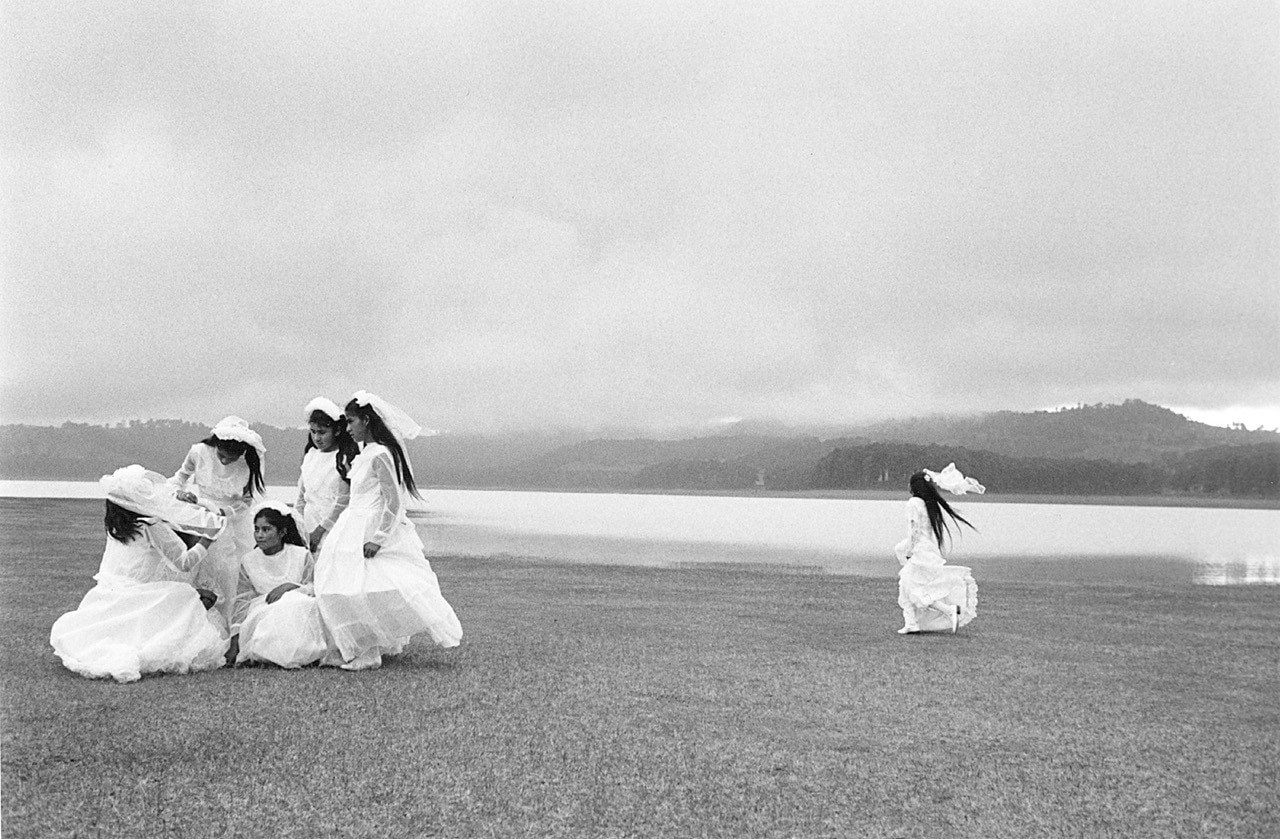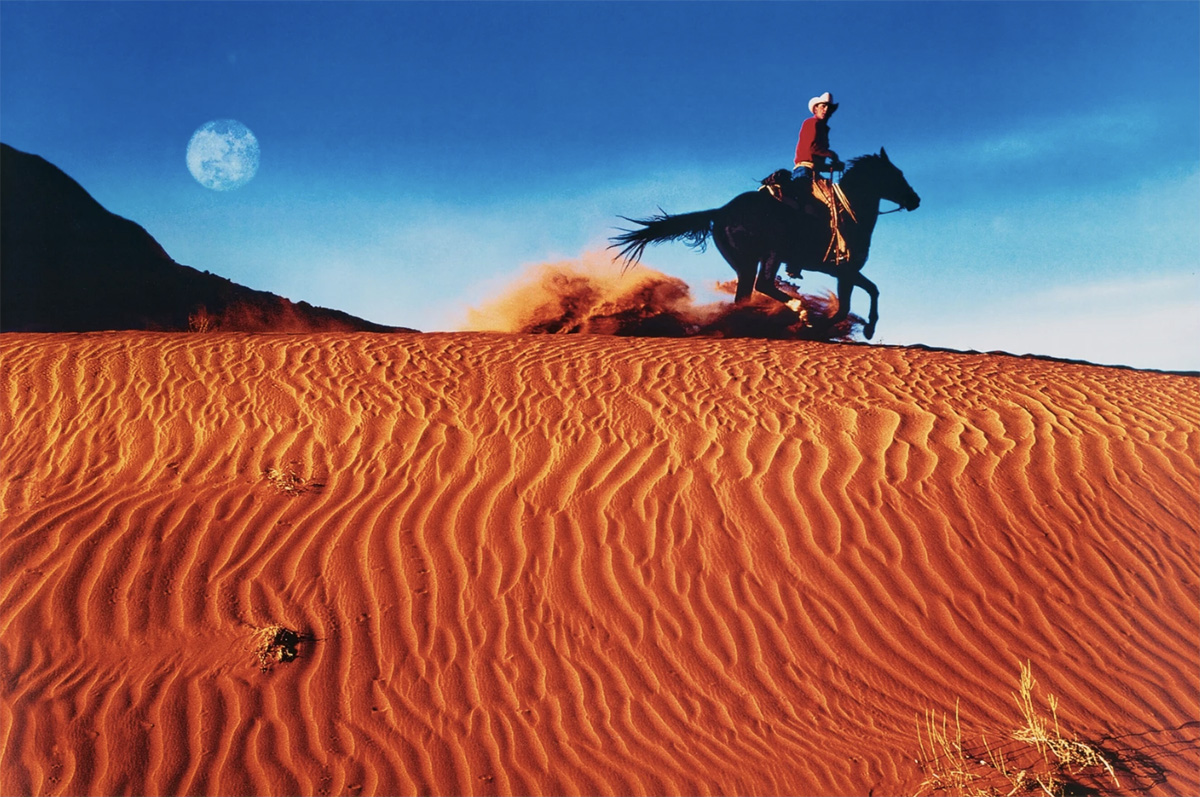Murmurs of Gold: A Closer Look at Sebastiao Salgado’s Serra Pelada

06th November 2021
If you chose to undertake the perilous journey to Serra Pelada today, you would find yourself affronted with a 200 metre wide gaping hole filled with stagnant rainwater. Tucked away in a remote location near the Amazon River, Serra Pelada was once the largest open-air gold mine in the world. Lelia Wanick Salgado describes the mine as it currently stands as a ‘lake with lost dreams hidden beneath its placid surface’. Sebastião Salgado visited the site in 1986, during which the mine swarmed with bodies brimming with hopeful naivety and desperation, longing to feel the cool gleam of gold in their hands. Barely clothed with faces stained ochre, men toiled in the slippery mud, excavating ore in an endless cycle of macabre cruelty. Stories of bloodshed, class war, and extreme physical labour have afforded Serra Pelada its mythical status, bolstered by Salgado’s iconic series documenting the mine.
Taken from a high vantage point, this image depicts an encompassing shot of the mine’s everyday activities, documenting men digging and hauling sacks of dirt up unstable, poorly constructed ladders. Contrary to traditional landscape images, Salgado’s depiction of the natural setting is oriented in portrait, squeezing the flurry of activity within a breathless grasp. The image is defined by a hypnotic movement, comprised of the swirling queues of men trailing the mine’s jagged edges. The miners travel through the rocky void mechanically, their bodies converging in a single homogenous mass against the cavernous abyss. From the image’s vertiginous viewpoint, individuality is rendered entirely insignificant. Although Salgado did include portraits in his series, the group in this image are dehumanised, their bright hats and uniform sacks appearing as disposable parts of a much larger machine. As such, the miners’ identities are wiped away, leaving only a bestial hunger for wealth, ultimately stripping humanity down to its basest level.

After arriving in Serra Pelada, Salgado purported that miners became ‘slaves of the dream of gold’. Once inside, he believed it became ‘impossible to leave’. Indeed, the dark underbelly of the cavernous pit seems to swell, itching to swallow injured miners who may fall to their deaths. Reminiscent of Hieronymus Bosch’s terrifying 15th century depictions of the underworld, Salgado’s image exudes a distinctively unreal, alien quality. The horrifying scenes the photographer captures belong to a terrifying reality so far removed from our own. Indeed, Salgado reported that while observing the hordes of exhausted workers, he felt as if he were listening to the ‘murmur of gold’ in their souls.
Salgado chose to execute his Serra Pelada series with unflinching honesty, presenting the awful reality of the mine with a restless energy. Within this image, we begin to understand the relationship between Serra Pelada and its miners as malevolent and unforgiving.
FeaturedSebastião Salgado
FeaturedSebastião Salgado
The ArtistUndertaking projects of vast temporal and geographic scope, Sebastião Salgado is one of the most celebrated photojournalists working today. Whilst inescapably memorable for their beauty, Salgado’s photographs are laden with political purpose exposing the social and environmental problems facing our planet.
Artist Page
